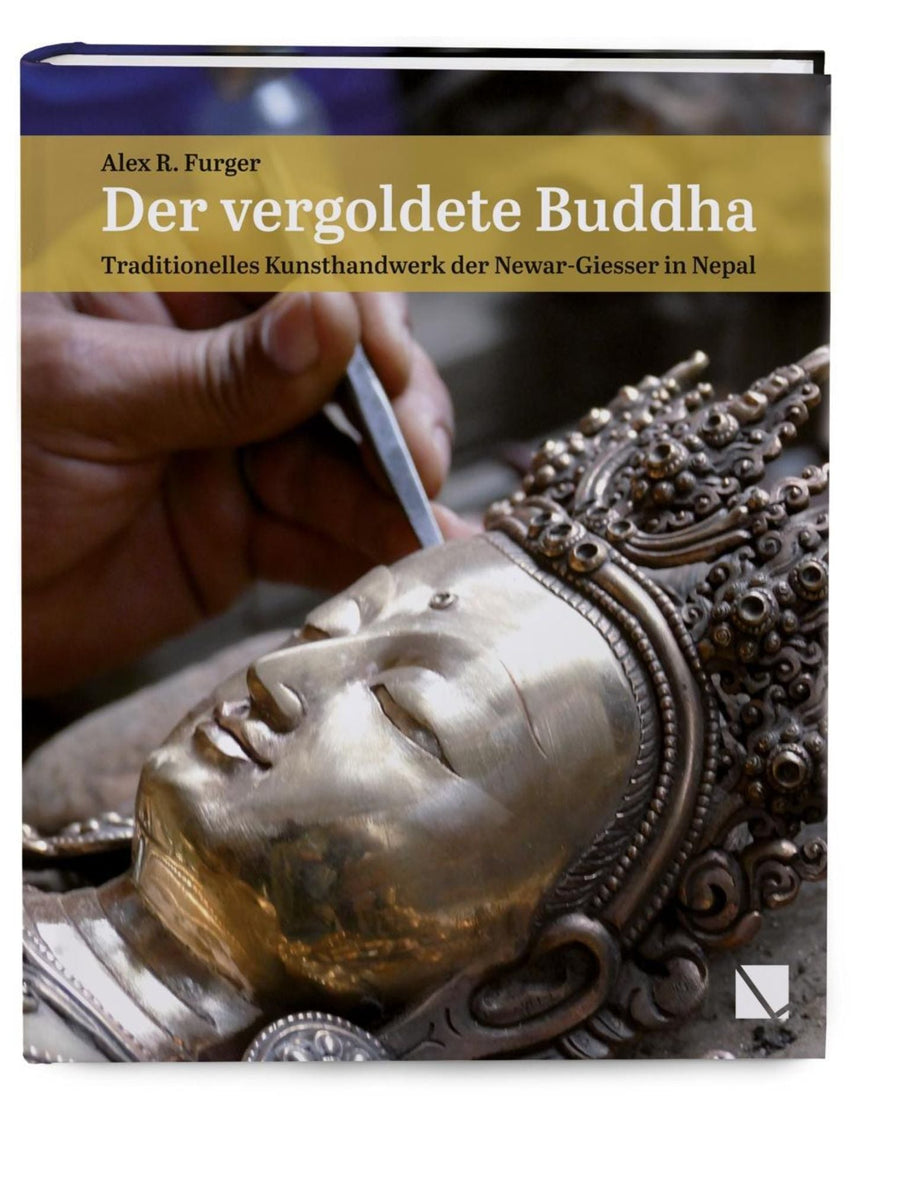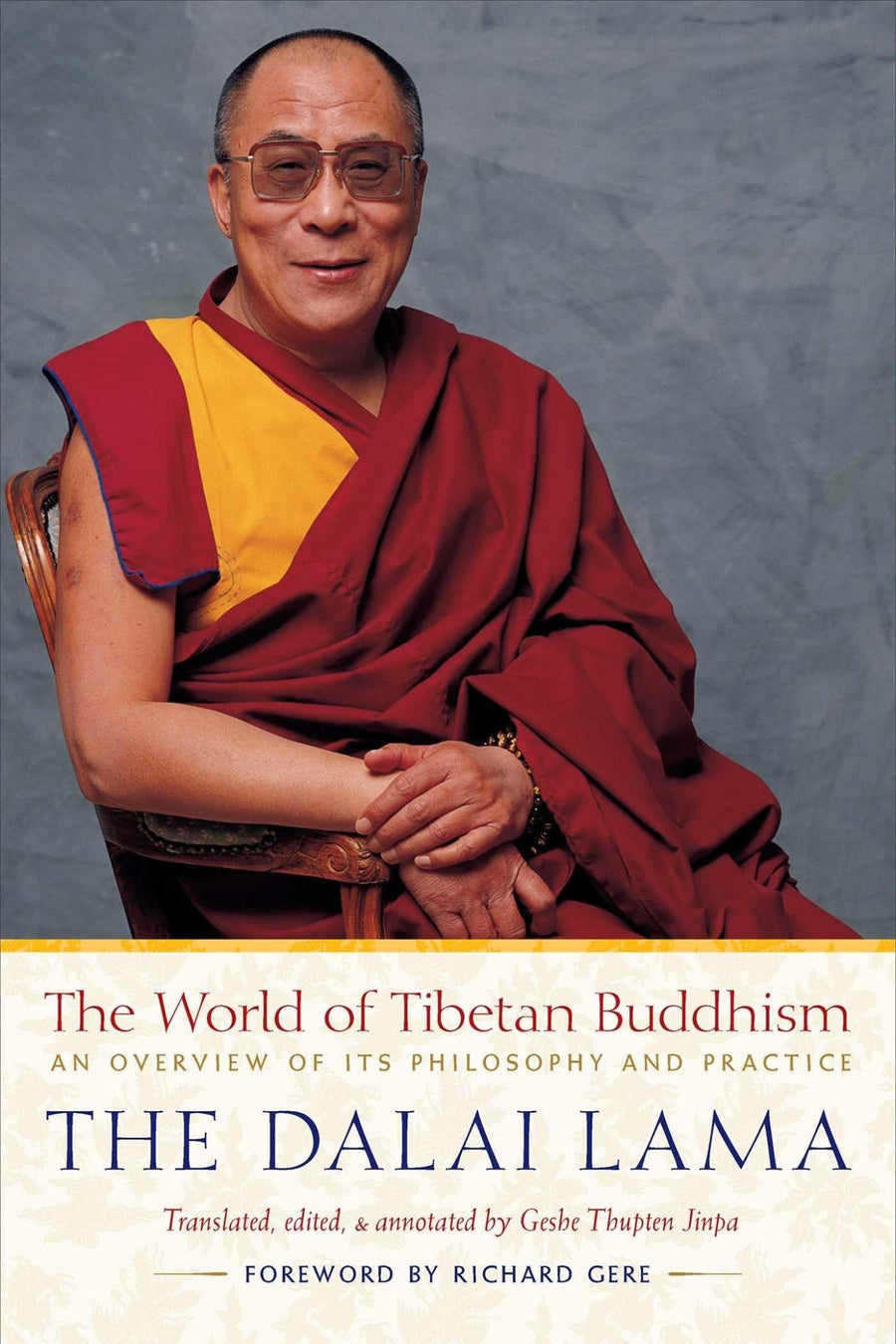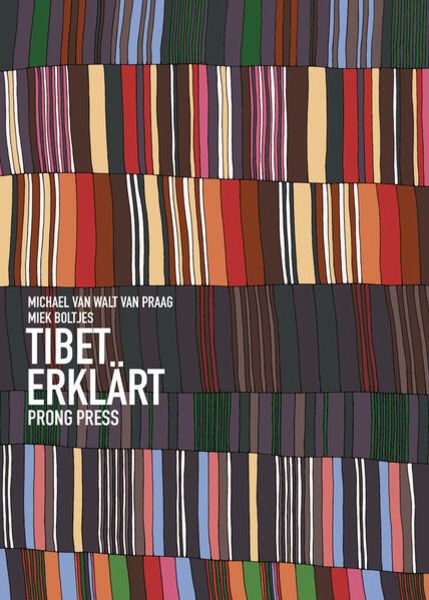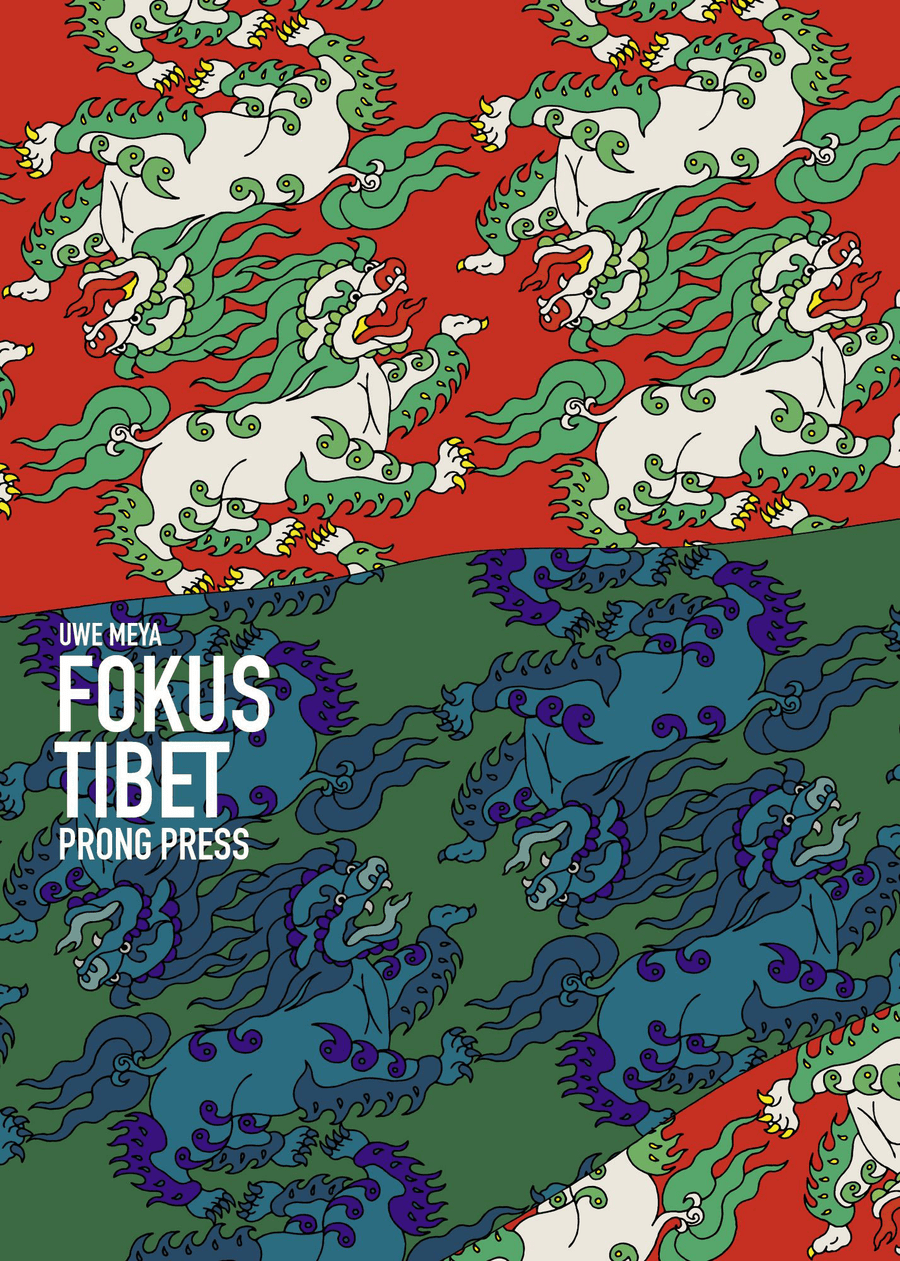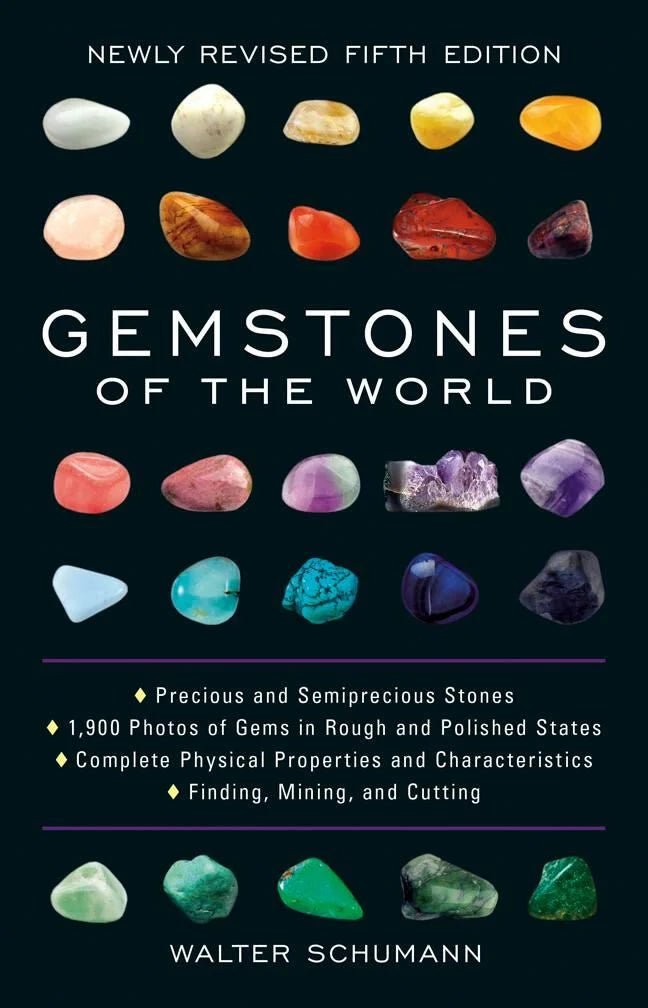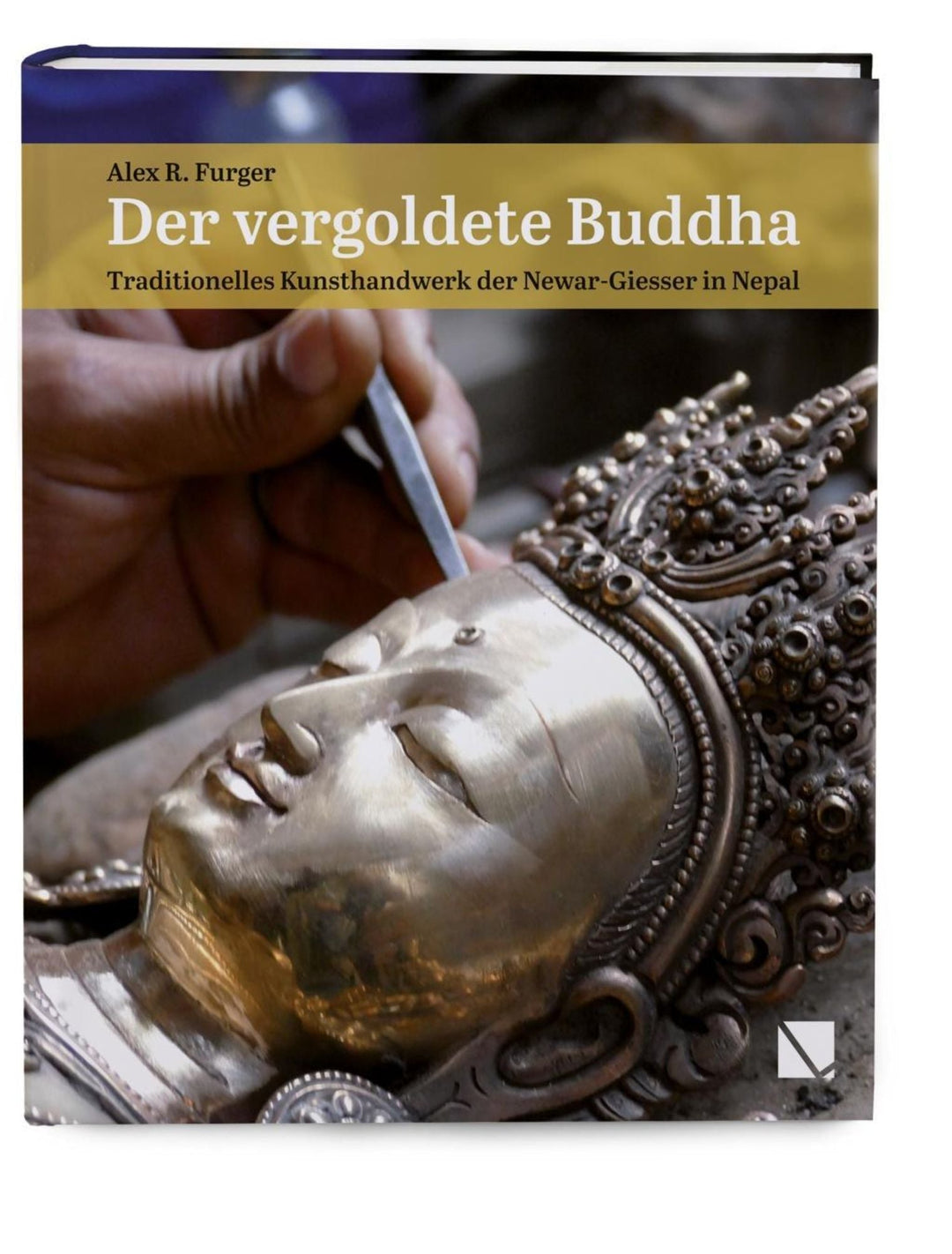
Alex R. Furger: The gilded Buddha
Traditional handicrafts of the Newar casters in Nepal
This book deals in words and pictures with the traditional metal craftsmanship practiced by the creators of religious Buddhist statues in Nepal for over 1000 years. The artisan skills are cultivated with a great awareness of tradition - both in religious and iconographic as well as technological terms. The specialists belonging to the Newar ethnic group are wax modelers, mold makers, casters, chasers and fire gilders. Their work is characterized - in part to this day - by an intimate mixture of ancient technology, great skill, religiosity and contemplation.
There are many books and exhibition catalogs on Buddhist religion, art and iconography. However, there is a lack of comprehensive documentation on the craftsmanship of the artists who create the religious images in metal casting, including a historical review of the development of these "archaic" technologies. The well-founded text and the extensive picture section represent the only up-to-date and complete documentation of a probably dying, 1300-year-old craft: the "ritual" production of Buddhist statues in cire-perdue casting ("lost wax casting
process").
The author, Dr. Alex R. Furger, is an archaeologist and has been researching ancient metallurgy and old metalworking techniques for four decades. For 25 years he managed the Roman city of Augusta Raurica and lives in Basel (Switzerland). He is the author of over 130 articles in specialist journals and twelve books on cultural history. For the field studies for this volume, he repeatedly visited Nepal and interviewed dozens of artisans in their workshops.
The book is aimed at people interested in cultural history, collectors of Buddha statues, metal craftsmen, historians of technology, Buddhists, ethnologists, archaeologists, art historians, Asian researchers, institutional libraries and museums.
Bracelets, bracelets, bracelets, bracelets, chains
| age | Wrist circumference |
|
Newborn |
9 - 12 cm |
|
6 months - 3 years |
12 - 14 cm |
|
4 - 10 years |
14 - 15 cm |
|
Teenager, ladies (XS) |
15 - 16 cm |
|
Ladies (M) |
16 - 17 cm |
|
Ladies (XL) |
18 - 19 cm |
|
Men (M) |
18 - 20 cm |
|
Men (XL) |
21 - 22 cm |
The length of the bracelet may be 1 cm to 3 cm longer than the measured wrist circumference, depending on your taste.
Finger rings
| Ring size | Inner diameter | Inner circumference |
|
48 |
15,3 mm |
48 mm |
|
50 |
15.9 mm |
50 mm |
|
52 |
16.6 mm |
52 mm |
|
54 |
17.2 mm |
54 mm |
|
56 |
17.8 mm |
56 mm |
|
58 |
18.5 mm |
58 mm |
|
60 |
19.1 mm |
60 mm |
|
62 |
19.7 mm |
62 mm |
|
64 |
20.4 mm |
64 mm |
|
66 |
21.0 mm |
66 mm |
- Take a ring that fits well.
- Place it on a ruler and measure the inner diameter (from one inner edge to the other).
- Compare the diameter with the table to determine the ring size.
- Take a thin strip of paper or thread.
- Wrap it around the part of the finger where you want the ring to sit (not too tight).
- Mark the point where the ends meet.
- Measure the length of the strip in millimeters. This is the inner circumference.
- Find the right size in the table.
- Measure the finger size in the evening, as fingers swell slightly during the day.
- If you are between two sizes, choose the larger size.
- Make sure that the ring fits over the knuckle.
- Free shipping from CHF 150


